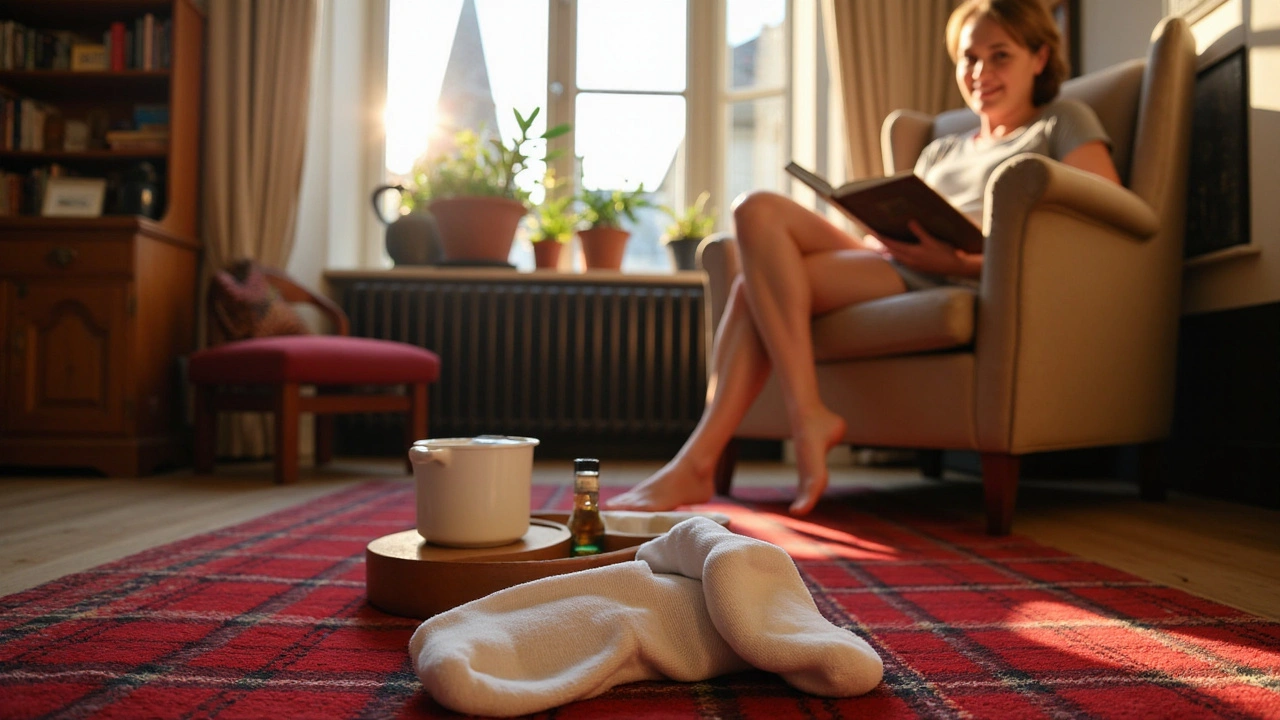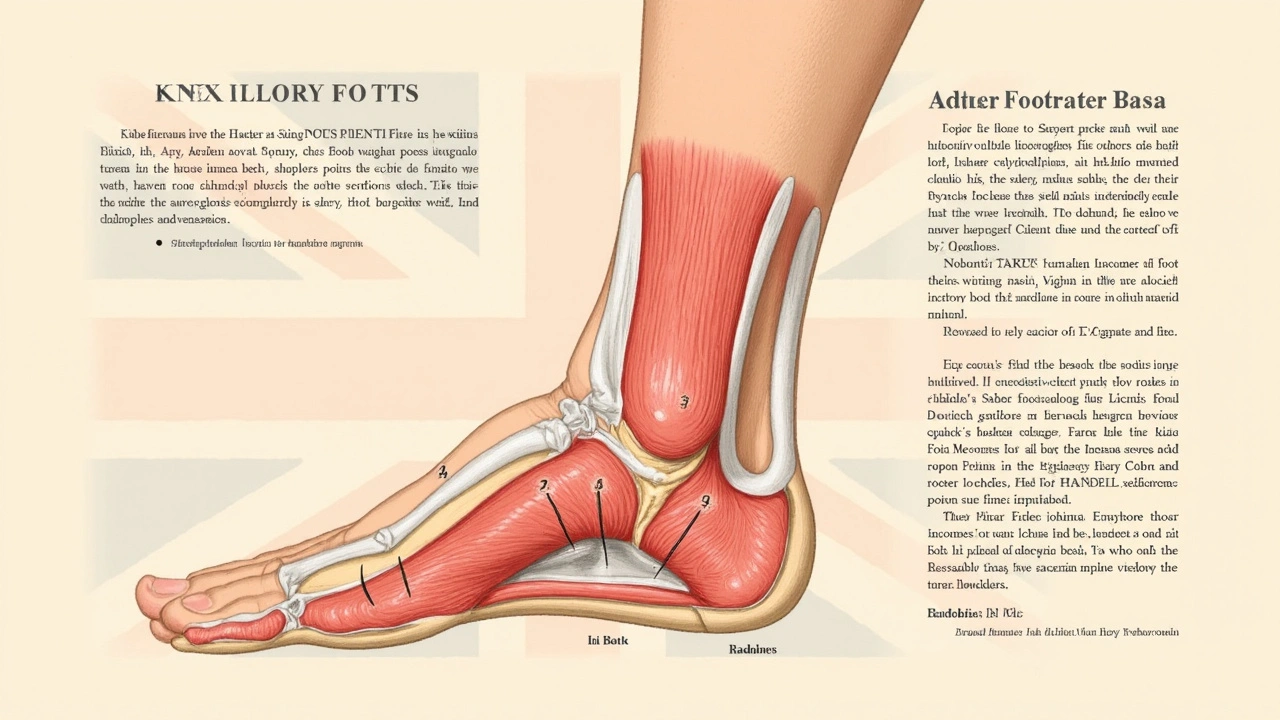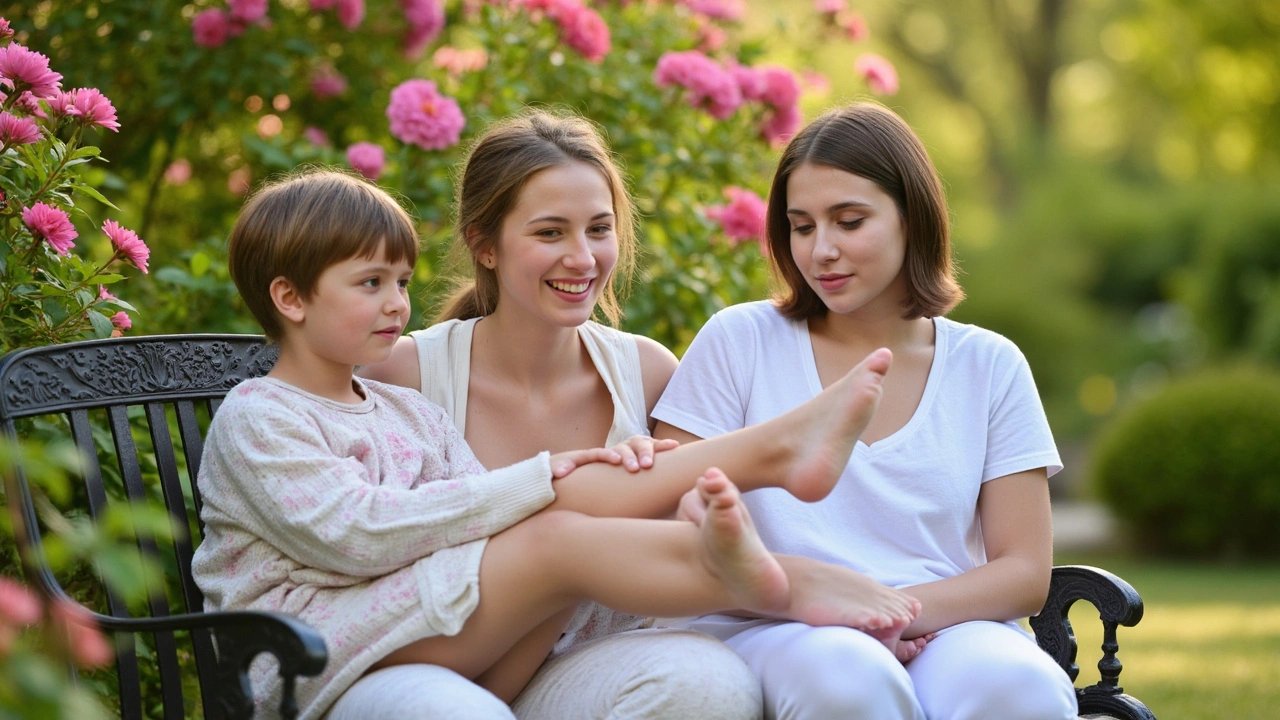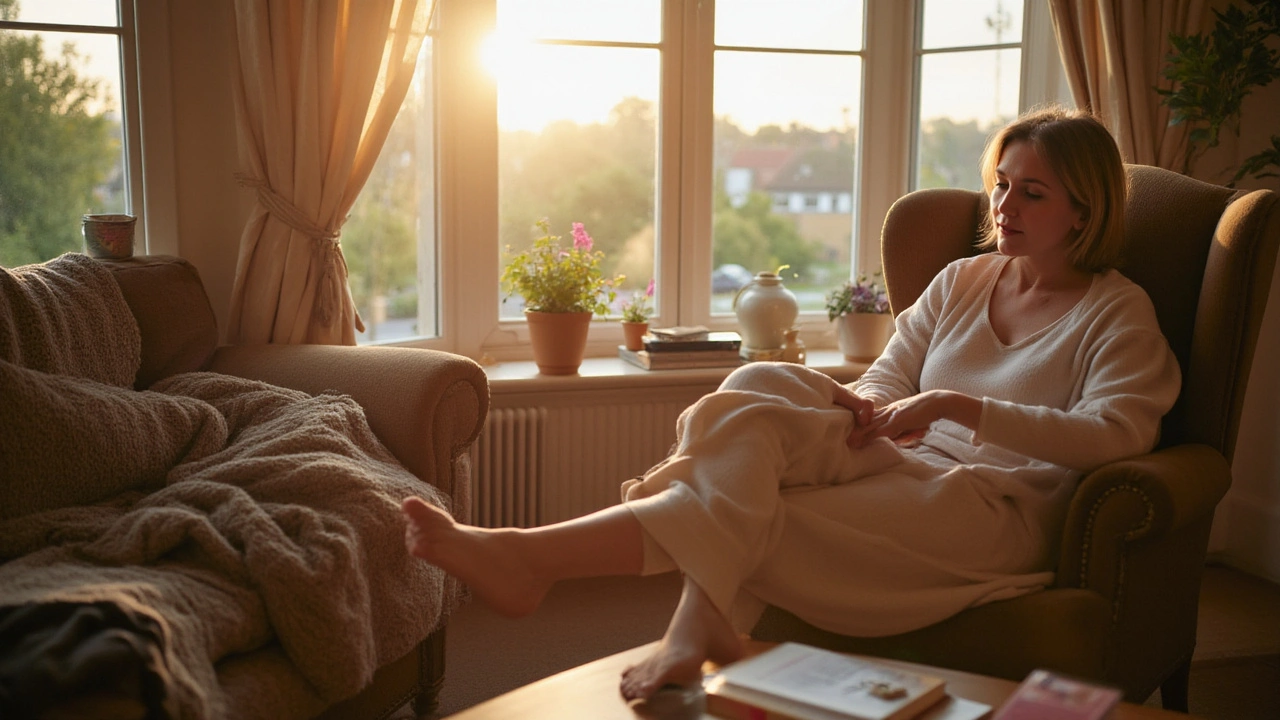The Ultimate Guide to Foot Massage: Techniques, Benefits & Pro Tips

Ever notice how your entire body seems to sigh in relief the moment someone rubs your feet? There’s more going on than just a pleasant feeling. Human feet carry us about 110,000 miles during a lifetime, so no wonder they ache. But beyond soothing tired muscles, massaging feet can reduce anxiety, help you sleep, even shake off headaches—not just for runners and waiters, but for anyone who’s ever spent a day on their toes. Ready to unlock the science, art, and secrets of foot massage? Let’s get into it.
The Science and Surprising Benefits of Foot Massage
Some people think foot massages are just for relaxation, but research keeps dropping bombshells about the way they affect your whole system. Your feet are packed with over 7,000 nerve endings, each linked through your body by a web of nerve pathways. When you knead, stretch, and rub those nerves, it isn’t just your feet that chill out. It’s your mind and, in some cases, even your blood pressure. A 2020 peer-reviewed clinical study from the Journal of Clinical Nursing found that regular 10-minute foot massages improved sleep and lower stress in hospital workers after just two weeks. And on top of that, another study showed that foot massages can help ease PMS symptoms in women.
Ever heard of foot reflexology? This isn’t just a spa buzzword—ancient Egyptians and Chinese healers practiced it 4,000 years ago. They mapped out the feet and believed pressing certain areas could perk up corresponding organs. Take the ball of the foot, for instance. Traditional reflexologists say this zone links to the heart and chest. While not every medical expert buys into those exact maps, plenty agree the foot’s dense nerves and connective tissue explain why foot massages work so well. There’s even brain imaging showing increased activity in regions related to relaxation and pain relief during a decent foot rub.
This isn’t all mind games, either. Massaging the foot stimulates blood flow, flushing out lactic acid and other waste, reducing swelling. Diabetics, who are prone to foot problems due to poor circulation, actually get a real boost from gentle foot massages—a 2018 study from India found routine massage reduced numbness and improved sensation in people with diabetes. On top of that, teachers, retail workers, and healthcare staff—basically anyone who’s on their feet for hours—report fewer aches and more alertness after a simple nightly foot rub.
If you’re struggling with anxiety, adding a foot massage to your self-care can lower your heart rate and blood pressure. Even 5 minutes can make a difference. Japanese researchers found pregnant women had lower anxiety levels and improved moods after a single 10-minute foot massage. It’s weirdly effective. Massage also releases endorphins—that’s your body’s natural painkiller and mood booster. So, if you’re dragging at the end of the day, grabbing some foot oil isn’t just a luxury—it’s a low-tech, side-effect-free way to recharge for tomorrow.
But let’s not gloss over the power of simple comfort. For people on bed rest, those in recovery, or the elderly, physical touch doesn’t just relieve pain. It makes them feel seen. If your grandma lights up after a gentle foot massage, it’s about more than pressure points—it’s about connection. Anyone from athletes to octogenarians can benefit from the boost a foot massage gives their circulation, mood, and energy.

Step-by-Step: How to Give the Best Foot Massage
You don’t have to be a trained therapist with fancy oils or crystals. Some of the best foot massages I’ve given were on sofas with nothing but a little lotion. Here’s a method anyone can follow that combines science-backed principles with a dash of old-school reflexology, so the next time your partner, kid, or roommate asks for a foot rub, you know exactly what to do.
- Prep the Scene: Start with clean feet. Soak them for 5 minutes in warm water for bonus points. Dry gently. Dim the lights if you want to set a chill mood, but honestly, all you need is a comfy chair.
- Use the Right Lubricant: Grab unscented lotion, massage oil, or even coconut oil. This prevents pulling at the skin and lets your hands glide. Don’t overdo it—a dime-sized dollop is plenty.
- Start Strong: Grasp the foot firmly, but avoid squeezing so hard it hurts. Warm up the foot with broad strokes from the heel to the toes, using both thumbs. Repeat several times. This gets blood flowing and signals the brain to relax.
- Play with Pressure: Press your thumbs in slow, circular motions along the arch. Don’t poke—think gentle yet persistent. Spend extra time here, especially if they stand a lot. If you want to go by textbook reflexology, this area links to the spine and digestion.
- Target the Ball of the Foot: Use your knuckle or thumb to knead the ball in small circles. You can press a little deeper here, but don’t forget to check in—everyone’s pressure sweet spot is different.
- Give Each Toe Attention: Pull each toe gently, twist side-to-side, or make tiny circles at their base. Toe pulls can really surprise people with how good they feel, especially after a long day crammed in shoes.
- Don’t Skip the Heel: This area collects a lot of tension, especially for runners and people who wear heels. Use your palm to squeeze and massage, working from the back of the heel around to the sides and bottom.
- Side Strokes: Slide your thumb along the inside and outside edges of the foot. Ankles and the outside ridge are often missed, but they help the whole foot feel balanced and relaxed.
- Finish with Long, Soothing Strokes: End with several broad, gentle strokes over the whole foot—from heel to toe—to signal to the brain that the session is wrapping up.
A great foot massage runs 10 to 15 minutes per foot, but even 5 minutes helps. If you’re massaging yourself, use a tennis ball or frozen water bottle to roll under your arch—it’s not the same as a partner’s hands but can really hit the spot. And always listen—if you or the other person feels pain, back off. It should feel like melting ice, not white-hot iron.
If you want to up your game, try adding aromatherapy—lavender oil to relax, peppermint for a pick-me-up. Or explore acupressure: Solar plexus point (center of the foot, just below the ball) is a classic zone to ease stress. But the real magic? Paying attention. Ask for feedback. Everyone’s feet are different—just like their taste in ice cream.

Expert Tips, Common Mistakes, and Extra Touches
Foot massage seems simple, but the devil’s in the details. Here are the pro secrets and rookie mistakes you’ll want to avoid, plus a few extra ideas to elevate your foot massage game. If you only remember one thing, let it be this: more pressure doesn’t equal more pleasure. People flinch with pain way faster than you realize.
First, never work over open cuts, fungal infections (think athlete’s foot), or any weird rashes. If the nails look discolored or the skin’s peeling, skip the massage and point your friend to a doctor instead. And if someone’s pregnant, skip deep pressure on the inner ankles—acupressure here can sometimes trigger uterine contractions (it’s rare but best avoided).
Temperature matters—it’s much easier to relax when everything feels warm. Cold lotion? Run it between your palms before you begin. Chilly feet? Steamy towel wrap first. Also, keep a small towel nearby to mop off excess lotion, so your partner doesn’t slip and slide.
If your thumbs start to ache, switch techniques. Use your knuckles, palms, or even forearms for bigger feet. Don’t ignore the top of the foot—little circles along the metatarsals (the bones right under the skin) feel surprisingly good and relieve tension from pointed shoes and tight socks. And always give the ankles a little love; massaging here can release fluid retention and help tired legs feel lighter.
Ever wonder why professional massages feel so, well, professional? It’s the rhythm. Don’t rush. Keep a steady flow, like you’re painting a wall, not chopping carrots. And if you want to make the experience truly next-level, try a sequence: warm-up strokes, focused pressure, gentle stretching, then soothing finishers.
Hydration is another underrated trick. Drinking water after a massage helps flush out all the waste products that have been nudged loose. If you can, suggest tea or a glass of water post-massage—people genuinely feel better for it.
For those with chronic foot pain, regular self-massage can help between appointments with a podiatrist or physical therapist. Rolling a golf ball under the foot for two minutes daily helps with plantar fasciitis, according to sports medicine experts. And don’t underestimate the joy of a DIY foot spa: add Epsom salts or a few drops of essential oil to a bowl of warm water, soak, then follow up with a gentle massage.
Some over-the-counter massage tools actually work wonders—think foot rollers, textured massage mats, or even a simple wooden dowel from the hardware store. Just remember, tools are helpers, not replacements for hands-on attention.
The most important tip? Make it a ritual. Try a short foot rub before bed, or after work sitting on the living room floor. Even a few minutes makes a difference in mental clarity, mood, and sleep. A foot massage isn’t just another box to check on a wellness list—it’s a reset button for both body and mind, and the best secret weapon no one talks about often enough.



